I have been working with two flour mixes, tapioca and one other. Over the past few weeks I tried amaranth. Last week I used that mix for hot cross buns.
Today I used quinoa in one, and brown rice in the other. Another curious behaviour of the dough is that it becomes quite solid during the bulk ferment, and again during proofing. As the dough is kneaded it becomes softer and pliable. After kneading for a minute or so, the dough can be shaped.
The flavour is light and slightly sweet. The sweetness is not from the sugars in the honey alone, as only a small amount is used. I suspect that enzymes in from the honey cause more sugars to be produced during the fermentation.
The crumb is more open than other many other gluten free breads I have made. The honey yeasts seem to remain active longer and at higher temperatures than baker's yeast and wild yeasts in sourdough. I suspect a cooler, longer bake will result in a more open crumb.

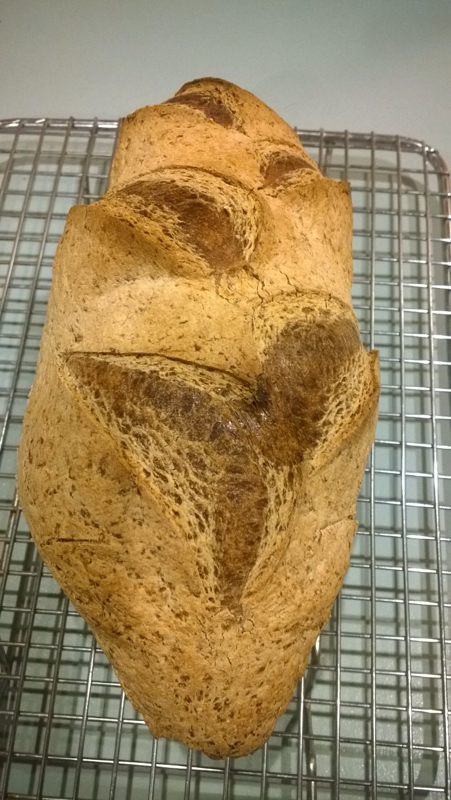
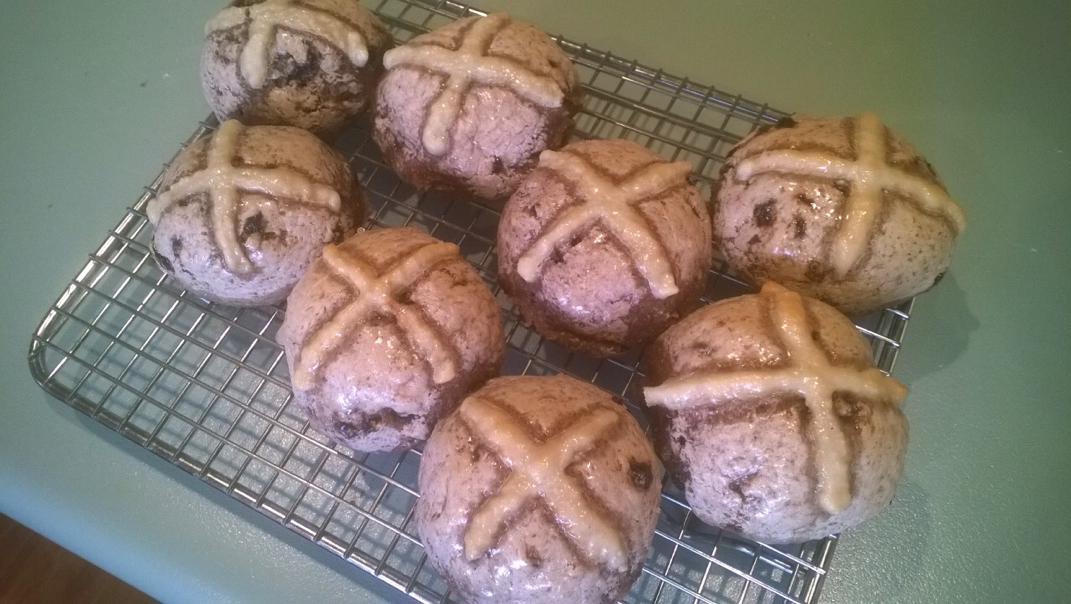
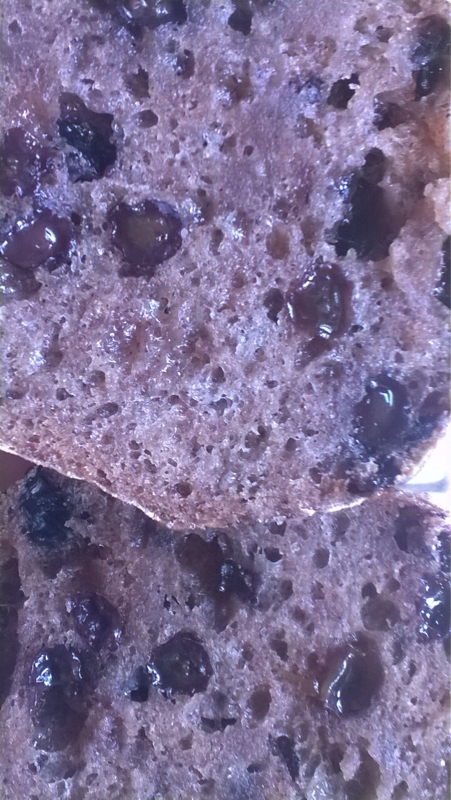
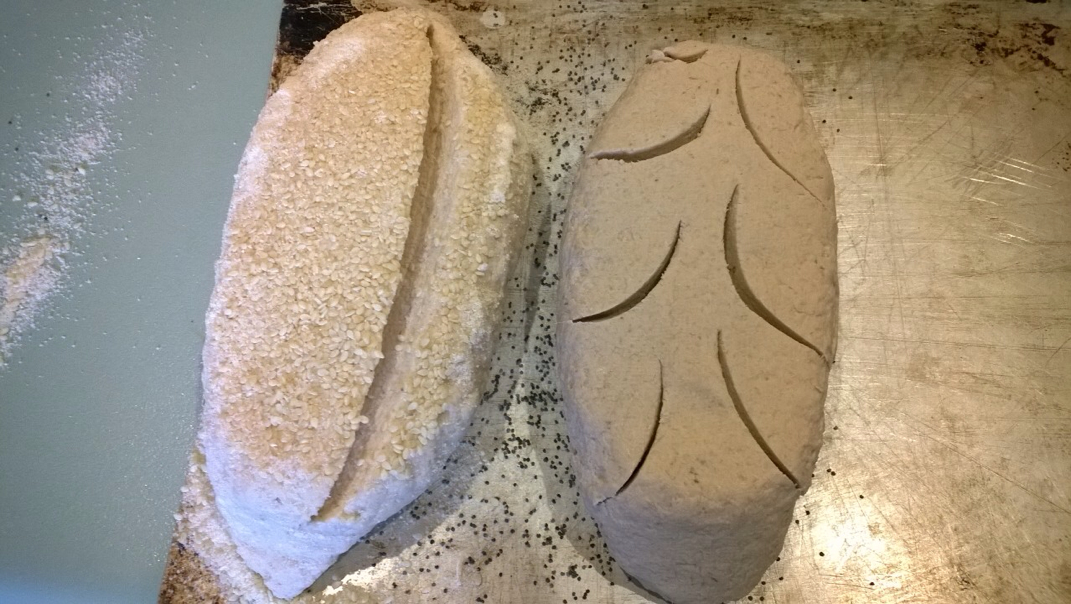
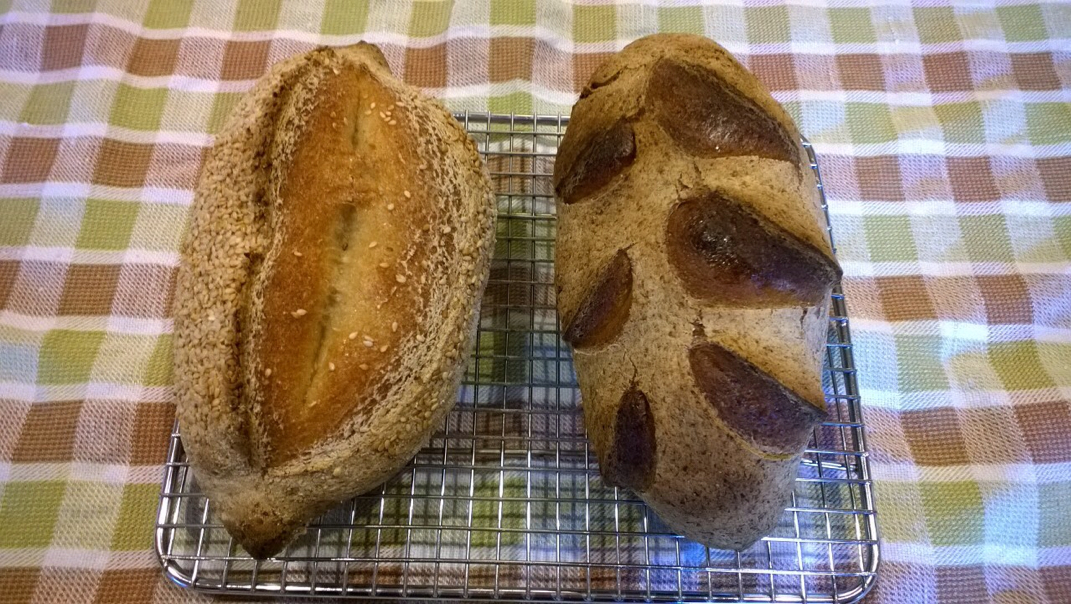
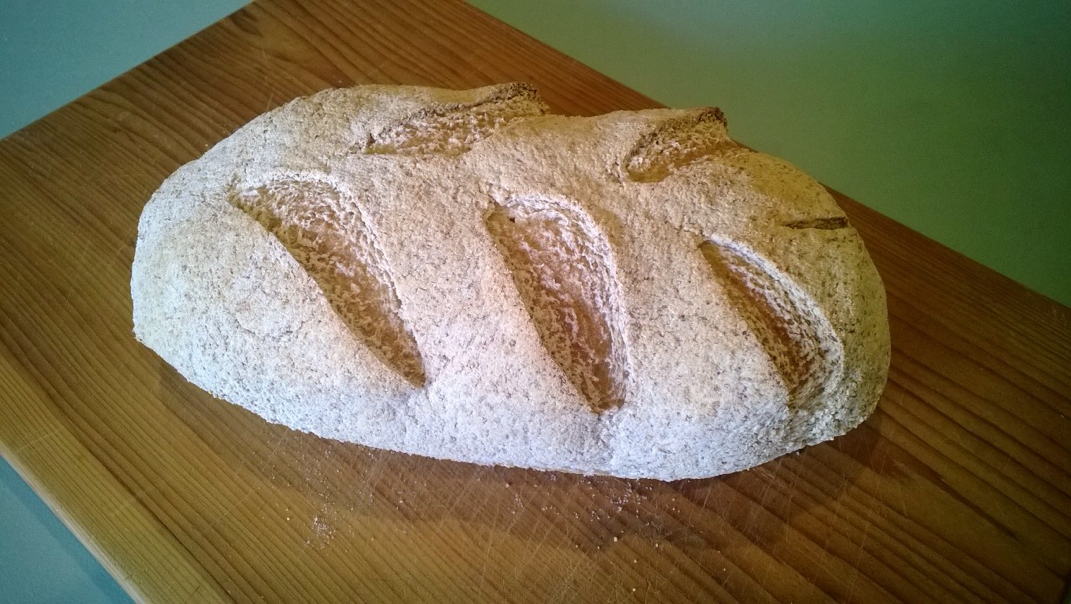
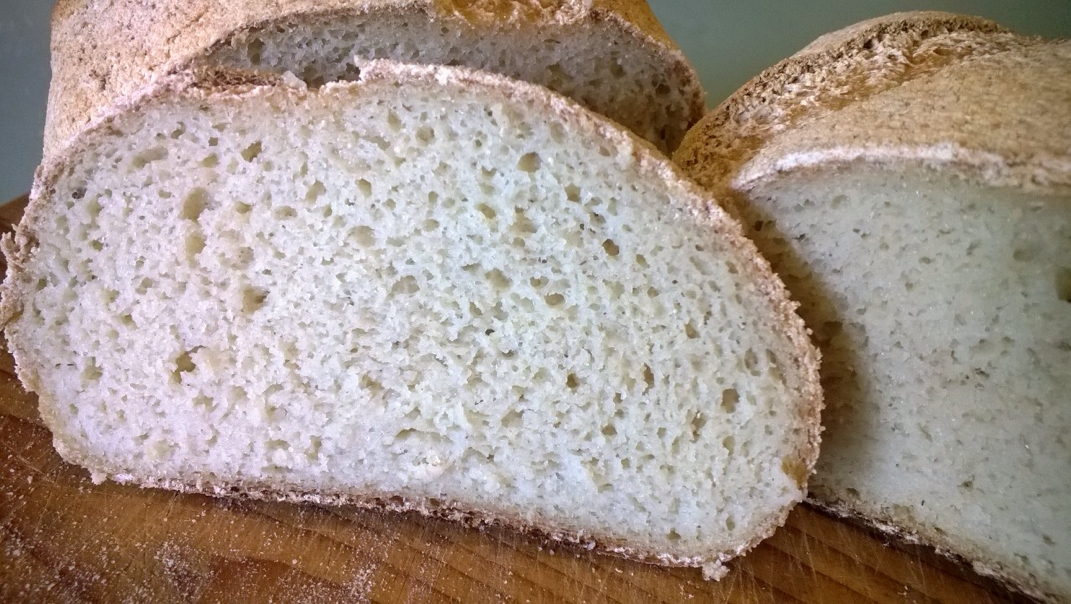
 RSS Feed
RSS Feed
